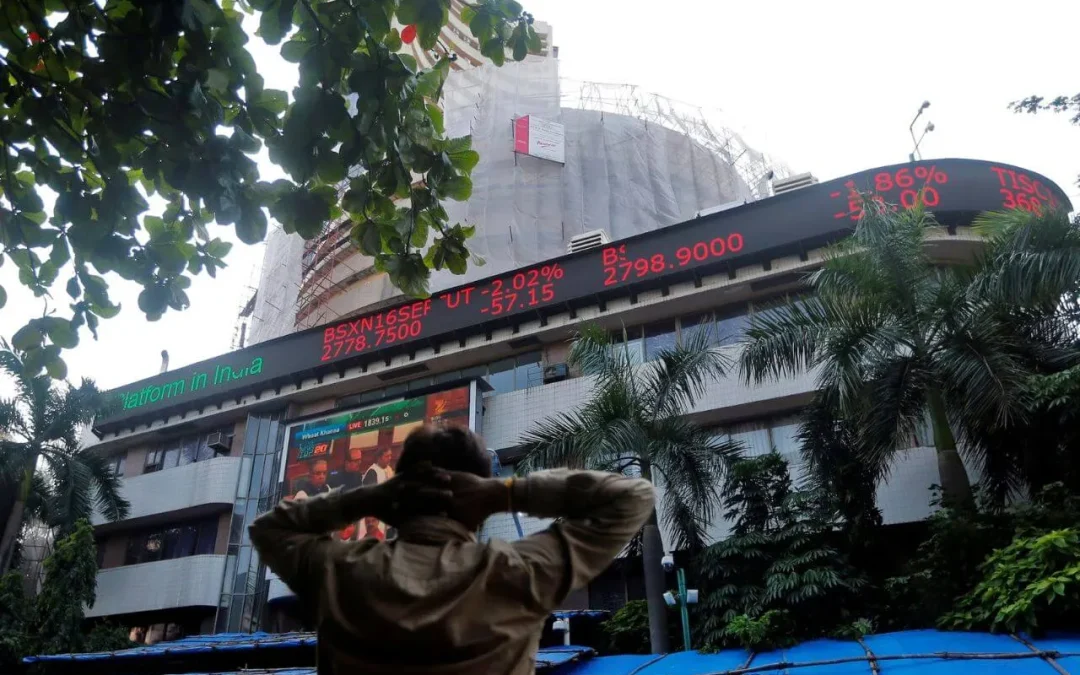Asia’s richest banker, Uday Kotak, the founder and Ex CEO of Kotak Mahindra Bank, has flagged concerns around the banking sector’s profitability. He said that leading banks have to resort to lending at lower rates because banks are facing a shortage of deposits.
Reasons for -0.5 % spread loss
When Banks accept deposits, they can’t lend all the money they have received from their customers. Instead, RBI has put in some rules about how much of the total deposits can be lended. Here, the Cash Reserve Ratio (CRR) & Statutory Liquidity Ratio (SLR) come into play.
The NDTL or the (Net Demand and Time Liabilities), which is the total amount of money that a bank owes to its depositors or its customers. Some Part of the total NDTL has to be kept as reserves with the Reserve Bank of India (RBI) in cash, which is called the CRR or Cash reserve ratio. The current rate for CRR is 4.0 percent, so banks must keep 4.0 percent of their NDTL with the RBI.
Some amount of the NDTL should also be kept in the form of liquid assets such as government securities, gold, or cash; this is called the SLR or Statutory Liquidity Ratio. The current rate for SLR is 18 percent, so banks must keep 18 percent of their NDTL as liquid assets.
Also read: 5 Stocks currently trading in overbought zone with RSI more than 70 to keep an eye on
While the CRR & SLR combined reduced 22 percent of total NDTL available funds for lending, there are other regulatory restrictions that have an effect. Like provisions for NPAs, Capital adequacy, and other liquidity ratios.
Uday Kotak stated that after accounting for Costs like CRR, SLR, deposit insurance, and priority sector. Leading banks are offering an ~ 8 percent interest on 1-year wholesale deposits. Further, Banks are borrowing at 9 percent and issuing home loans at 8.5 percent floating rate, -0.5percent spread.
Both Loan growth and Retail deposit growth are growing at a slower rate when compared to previous years.
SBI Research on Deposit Growth
SBI Research showed that since FY22, incremental deposits growth at Rs. 61 trillion outpasted incremental credit growth at Rs. 59 trillion. They said that the issue lies with the yield that banks give out on their deposits and flag them as too high. SBI researches further said that regulations, leakages, and tax treatment drain the available funds, leaving banks only with Rs. 41.90 for every Rs. 100 deposited.
Written By Abhishek Das
Disclaimer

The views and investment tips expressed by investment experts/broking houses/rating agencies on tradebrains.in are their own, and not that of the website or its management. Investing in equities poses a risk of financial losses. Investors must therefore exercise due caution while investing or trading in stocks. Dailyraven Technologies or the author are not liable for any losses caused as a result of the decision based on this article. Please consult your investment advisor before investing.




